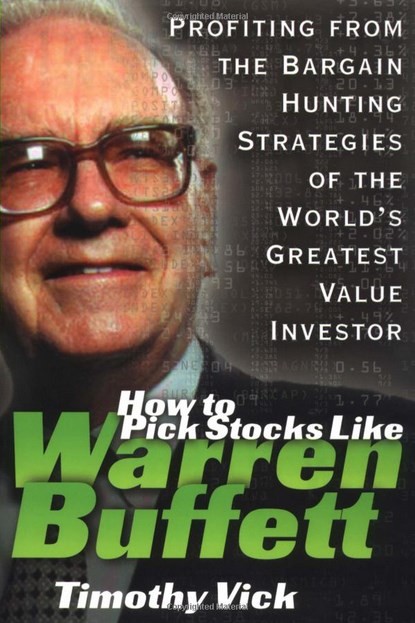How to pick stocks like a pro
Post on: 9 Июнь, 2015 No Comment

Get social
Article utilities
Picking good stocks requires skill and thorough research. Here are some tips to find stocks that will hopefully give you a better return than the average investor.
Calculate return on equity
A good rule of thumb is for a stock to have a historic average return on equity of about 15 per cent or more over the past three years, although you can go back further if you wish. Its your money in the business, so concentrate on how much the enterprise is capable of producing on that dollar. In this way, ROE is also used as a proxy for management quality.
The ratio is calculated here as operating earnings (which is total revenues, minus cost of revenues and other operating expenses, plus net interest expense minus tax) divided by the average total common equity (the sum of the equity at the end of the two most recent years, divided by two).
Some investors prefer a return on assets figure, as this number will include the impact of gearing in its calculation (ROE does not). But what we want to know about debt is whether its at a level that will cripple the company and we have already checked for that in our stability test.
Go for growth
We all want to be investing in companies that have a solid growth profile.
Whether or not you believe an enterprise can expand comes down to the individual business, short-term cyclical factors (such as the state of the economy) and the structure of the industry in which it operates. Its handy to use broker analyst consensus estimates where available. Sometimes that means only one analyst opinion; while other stocks are too small for the analyst community altogether.
Be on the hunt for cheap stocks
Buying stocks cheap is still the best way to make money. The price-earnings ratio (share price divided by EPS) is the most commonly used valuation ratio. Look for companies that are trading below their five-year average historical P/E.
But dont exclude any shares on this basis: perhaps the entity has grown rapidly over recent years and should be more expensive now; perhaps its even still good value. Others could be priced at a discount because they are at a low point in the business cycle. (A stock trading at single-digit multiples of cyclically low earnings could be a great buy.)
Also, even if you do think that a companys shares are expensive now, you may want to add it to your watch list.
Look for a competitive edge
The companies that have an edge are the ones that can grow market share and produce outsized returns for shareholders. They could have patented technology, unparalleled distribution or a clearly superior product (think Cochlear or Coca-Cola Amatil) that makes them less vulnerable to the cycle because it gives them pricing power they dont have to chase business during bad times; and they gain market share while others drop away.

Check out the margins
Few businesses have a strong competitive advantage. One test that you may like to try is to examine a companys historical margins (EBIT over total sales revenue), as far back as you can go. Rob Tucker of SG Hiscock looks for a record of stable and growing margins through the years and through cycles. He believes this demonstrates that a company has pricing power, which means it also potentially has a reliable earnings stream.
Different types of businesses can support various levels of margins: Woolworths reports levels of 7 or 8 per cent, which is impressive in the food and liquor business.
Other companies with low capital intensity (knowledge-based businesses such as listed fund managers) can maintain margins of above 50 per cent. For industrial stocks more generally, anything in the low double-digits is considered good. Tucker says evidence that the number has steadily increased a couple of percentage points over the years is a good sign.
Have confidence in your convictions
Finally, seek out non-consensus information and dont be afraid to go against the flow it can often be a way to stay ahead of the market. Star stockpicker John Sevior recently produced an annualised return of 26 per cent for the Pure Value Share Fund over three years.
Follow us on Facebook and Twitter
Follow Smart Investor on Twitter: @smartinvestr (this is the correct spelling for us on Twitter) and on Facebook at facebook.com/afrsmartinvestor














